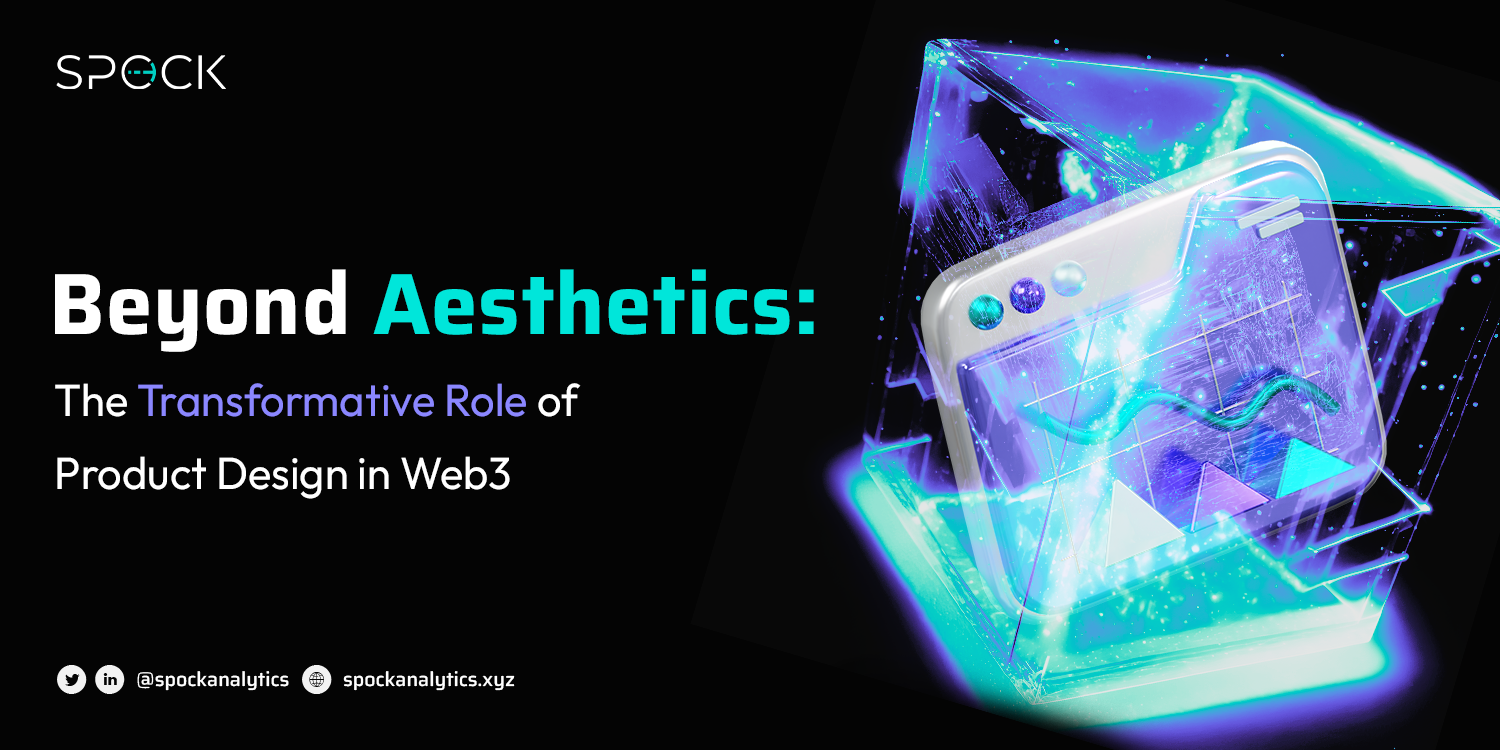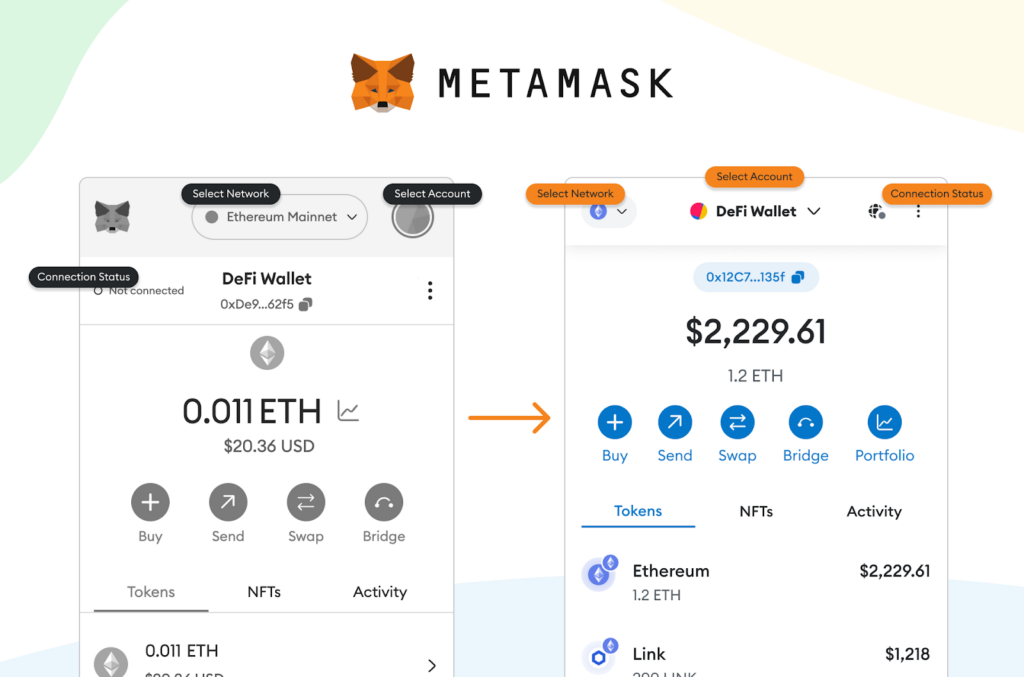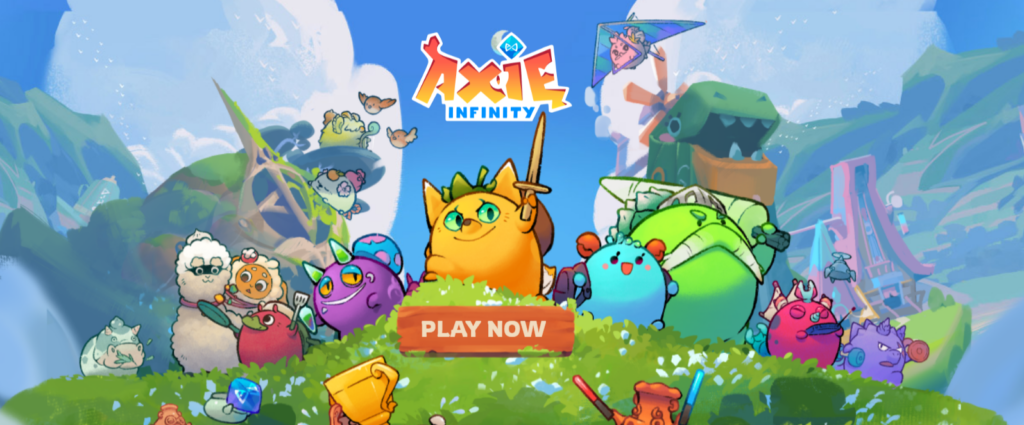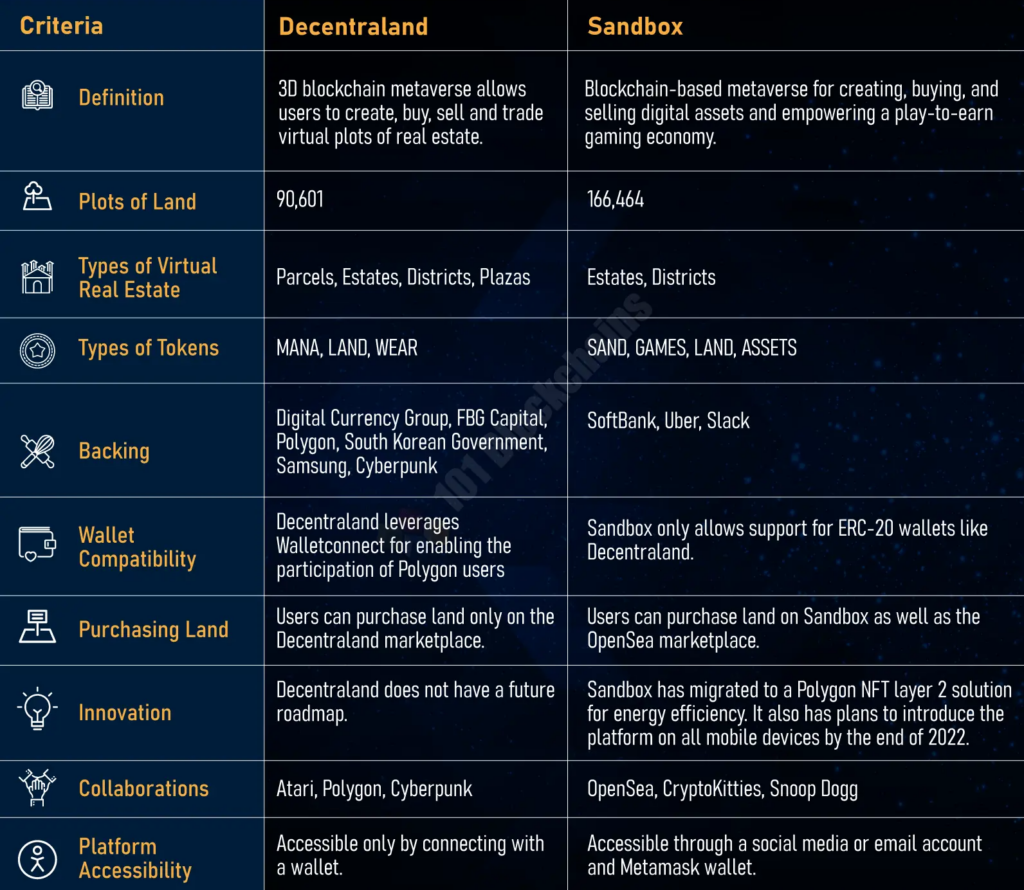
Ask yourselves the following questions: If your answer was ‘yes’ to all the above questions, chances are that your product needs a makeover; aka an innovative, new product design. So put on your creative hats because in this article we will take you through all the essentials of product design in a step-by-step process. Product design is the process of conceptualizing, planning, and creating a tangible or digital item with the intention of meeting specific user needs and solving problems. It involves considering various factors, such as functionality, aesthetics, story-telling, usability, manufacturability, user journey mapping, and cost-effectiveness, to develop a well-rounded and innovative product. In the Web3 space, some additional elements of product design encompass user experience (UX) design, visual design, tokenomics, privacy considerations, and community engagement to build functional, secure, and engaging products in the decentralized ecosystem. Many entrepreneurs still think that the scope of product design is limited to making a product ‘look pretty’. This is a big mistake. Design not only makes a product visually appealing, but it plays a crucial role in driving business and profits. Let’s look at 5 ways how it makes it possible: Web3 products often involve complex technologies like blockchain, smart contracts, and decentralized systems. Effective product design simplifies user interactions, reduces friction, and enhances user experiences. When users find Web3 applications easy to use and navigate, they are more likely to adopt the products and engage with them regularly. Take the example of MetaMask. It exemplifies user-centric design. MetaMask provides a user-friendly interface that allows users to interact with decentralized applications seamlessly. Its intuitive design significantly contributed to its widespread adoption, currently serving millions of users worldwide. They are continuously working to improve their UI for a more seamless and easy-to-navigate interface. The Web3 space is rapidly evolving and becoming more competitive. Well-designed products that prioritize user needs and deliver seamless experiences gain a competitive edge. Additionally, intuitive interfaces, visually appealing designs, and user-centric features can differentiate a Web3 product from its competitors, attracting more users and fostering loyalty. Web3 products often require users to navigate unfamiliar concepts, such as managing private keys or interacting with blockchain networks. Here, product design can facilitate user onboarding by providing clear instructions, interactive tutorials, and educational resources, helping users understand and use the product effectively. Web3 technologies are continuously evolving, and product design needs to stay agile and adaptable. Consequently, iterative design processes allow products to evolve alongside technological advancements and changing user preferences. A thoughtfully designed product lays the foundation for long-term growth and success. Moreover, positive user experience, efficient workflows, and reliable functionalities contribute to user retention and word-of-mouth referrals, leading to sustained growth in the Web3 space. Now that we understand the impact of product design, let’s break down the process and dive deep into how we can create a top-notch design for your dApp. The first step towards a sticky product design is understanding the space you are launching your product in. When it comes to Web3, a deep understanding is required to tend to user needs. So you need to develop a user-centric product that leverages decentralized technologies effectively. This approach positively impacts key performance indicators (KPIs) such as user engagement, retention, and satisfaction. Moreover, there are certain traditions and cultures that come with this ecosystem and it is best to mold yourself according to these traditions to best leverage and appeal to your audience. Here are some pointers to keep in mind while designing your Web3 product: Understand the intricacies of decentralized technologies like blockchain, smart contracts, and decentralized finance (DeFi). This is crucial in designing a product that fully leverages these capabilities. Next, identify pain points and challenges faced by Web3 users. This is an essential step to create user-centric designs that address real-world needs, minimize friction, and simplify complex processes, leading to higher user adoption and satisfaction. Finally, understand user preferences and behaviors in the Web3 space to design products that resonate with your target audience. Intuitive interfaces and engaging functionalities can attract users, increase retention, and drive continuous interaction with the product. For example by designing a game that combines NFT ownership and rewards, Axie Infinity captivated users, resulting in a large and active player community, driving long-term engagement and adoption. Once you have an understanding of the intricacies of the web3 space, it's time to quantify your product goals and vision and allow it to closely reflect in your design. A well-defined vision establishes the purpose and direction of the product, while SMART goals (specific, measurable, achievable, relevant, and time-bound) provide a strategic framework to measure progress and success. Let’s take a look at a popular NFT project, BAYC, and how skillfully they defined their vision and set their goals. BAYC's vision was to create a unique and exclusive collection of digital art NFTs that served as limited-edition membership cards to a virtual club. The vision focused on creating a sense of community and exclusivity, where each NFT owner was a member of the BAYC club, fostering a dedicated and passionate community. Now that you have laid out the vision and foundation of your idea, it is time to put on your detective hats and head off to a scavenger hunt. Find your competitors, identify gaps in the market, learn from successful Web3 products, and tailor your idea accordingly to create a user-centric and innovative product that thrives in the dynamic and ever-changing Web3 ecosystem. Here is a comparison between two metaverse projects, Decentraland and Sandbox. Creative ideation and brainstorming are catalysts for innovation in Web3 product design. By exploring unique concepts, you can generate excitement and curiosity among users, leading to organic growth through word-of-mouth and viral marketing. One of the earliest NFT projects, CryptoPunks, emerged from innovative brainstorming. The concept of 10,000 unique algorithmically generated pixel art avatars captured the imagination of users and collectors. Furthermore, each CryptoPunk became a valuable and tradable NFT, setting the stage for the NFT revolution and contributing to the widespread adoption of blockchain-based digital assets. User Experience (UX) is one of the key elements of product design. Here are the reasons why User experience (UX) design plays a pivotal role in shaping the success of products: Cross-platform design and interoperability are essential considerations in the Web3 ecosystem, where diverse platforms and technologies coexist. You need to make sure that while designing products and protocols, they should be able to seamlessly interact with various devices, operating systems, blockchains, and L2s, enhancing user experiences and promoting wider adoption ultimately contributing to the growth of your product. Feedback is important! Additionally, continuous improvement and regular updates are integral to the growth and adaptability of Web3 products. By actively listening to user feedback, addressing issues, adapting to market changes, and adding new features, product teams can foster user satisfaction, trust, and loyalty. As a Web3 product owner, understanding the transformative role of product design can unlock an immense potential to solve the right problems, capture market opportunities, and attract a thriving user base. By asking critical questions and being open to change, you can set the stage for an innovative, user-centric makeover for your product. Moreover, by harnessing the transformative power of product design, you can unlock the full potential of your Web3 product, driving user adoption, engagement, and long-term growth. With a strategic and user-centric approach to design, your product can leave a lasting mark in the Web3 ecosystem and contribute to the shaping of a decentralized future. Lastly, embrace innovation, prioritize user needs, and continuously evolve your product design to thrive in the dynamic and exciting world of Web3.
What is Product Design?
Importance of Product Design
1. User Adoption and Engagement

2. Competitive Advantage
3. User Onboarding and Education
4. Adapting to Evolving Technologies
5. Long-Term Growth and Success
Product Design Process
Understanding the Web3 Ecosystem, its Users, Culture, and Values
Tailoring Features to Decentralized Technologies
User-Centric Design to Address Pain Points
Driving User Adoption and Engagement:

Defining the Product Vision and Goals
Case Study: Bored Ape Yacht Club (BAYC)

Vision:
SMART Goals
Market Research and Competitive Analysis

Concept Ideation and Storytelling
CryptoPunks - Revolutionary NFT Avatars

User Experience (UX)
Cross-Platform Design and Interoperability
Feedback and Improvement
Conclusion
Learn More About:
Signup for The Vulcan Voice newsletter now and stay ahead of the curve!
Signup for The Vulcan Voice newsletter now and stay ahead of the curve!